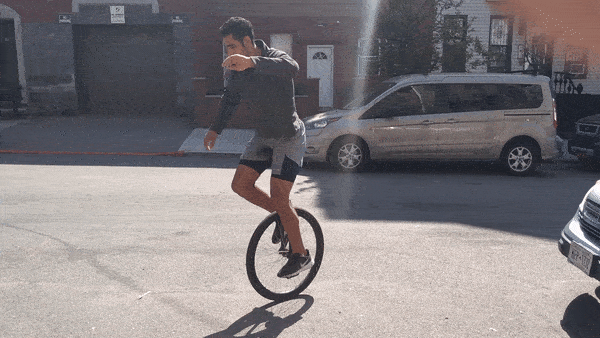
Hello, my name is Eamon. I am a 31 year old designer and fabricator who lives in Brooklyn. I think the unicycle is the most ecological vehicle.

I am passionate about the design of sustainable and resilient systems.
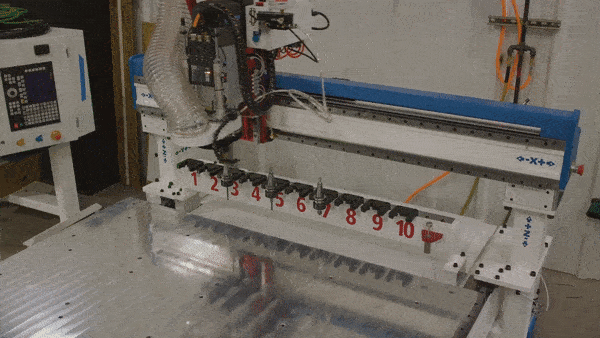
I am excited about the application of CNC machining to the challenge of building a liveable future. I am thinking very seriously about investing in a CNC system from Diversified Machine Systems. These machines are so flexible and productive, you can run multiple product lines, or multiple businesses, on one machine. It's a power that needs to be shared. I'm looking for a shop space. I'm looking for a context in which to situate the investment.
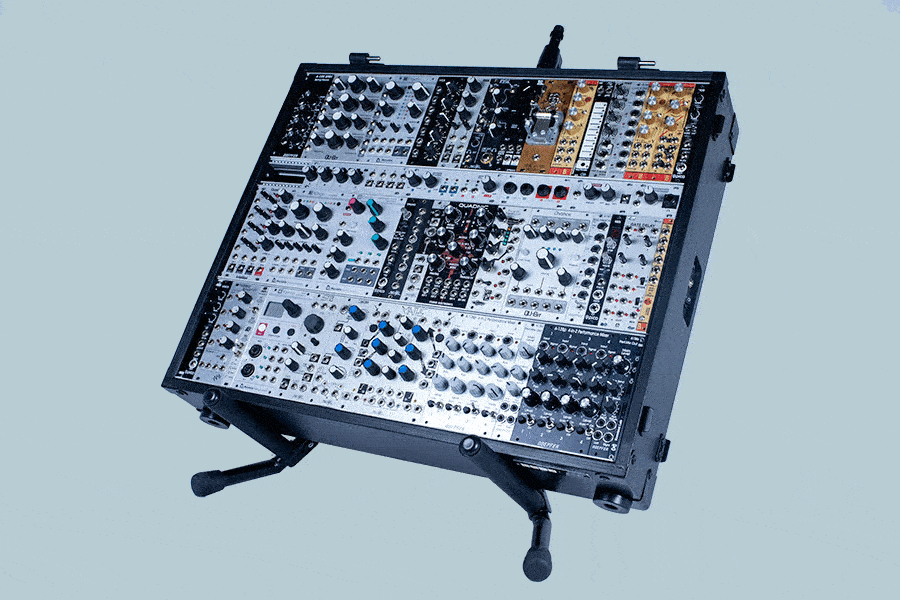
At it's best, a CNC machine is like a synthesizer for sculpture. It's a platform for exploring shapes and structures. It outputs evocative abstractions. It amplifies sketches and doodles. It's a place to compose processes and procedures that are precise and specific.
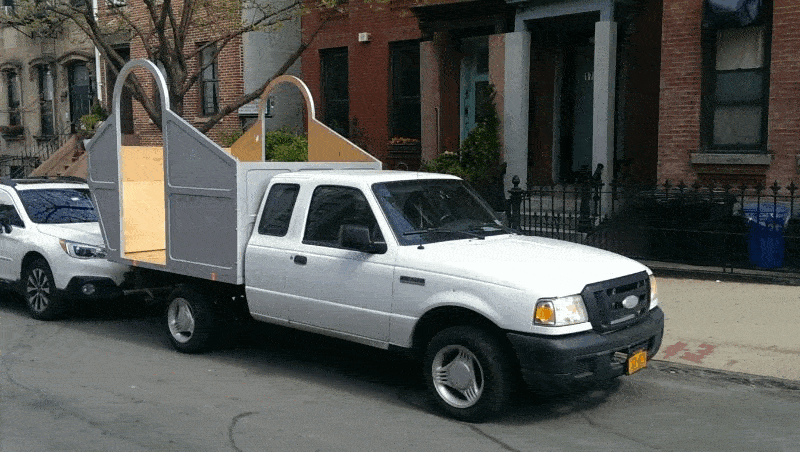
I would like to share some details from the construction of this camper shell. I used the CNC machine in some interesting ways, and barely scratched the surface of what is possible.
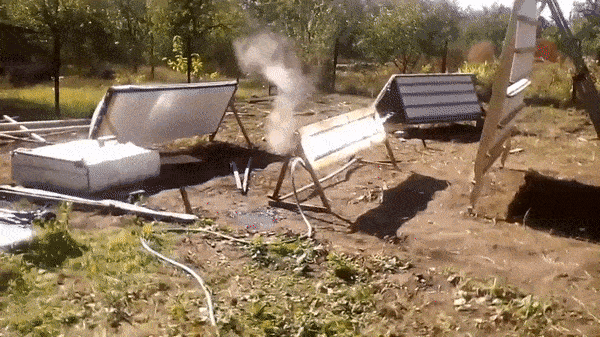
Before I do that, I'd like to share some sources of inspiration. This is a low-cost solar thermal system from the Ukrainian inventor Sergiy Yurko. His work is impressive. I would love to develop versions of these designs that can be manufactured and distributed as kits.
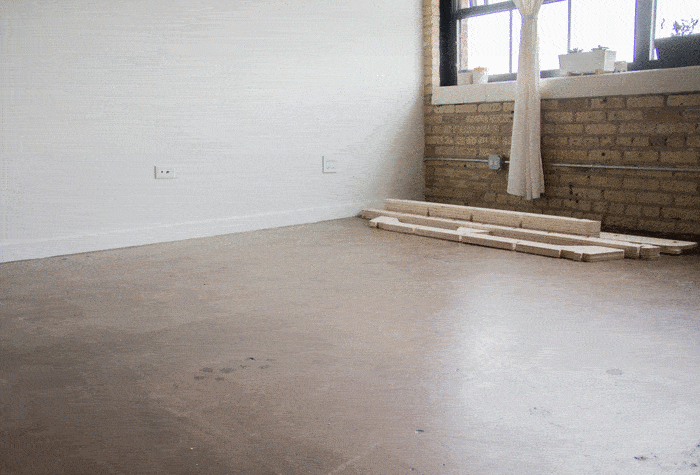
This shows the assembly of a bed frame designed by Craig Stover. My favorite feature of CNC machining is this very elegant 'tab-and-slot' technique. Building with nails and screws is inherently destructive, and it makes the wood difficult to repurpose. I prefer more peaceful assembly processes.

I am a big fan of Andrea Zittel. Her habitation modules have a radical efficiency that resonates with me. I like architecture designed to focus the mind.

I love the company Chesapeake Light Craft. They have a library of CNC'd kits that allow people with moderate skill levels to construct sophisticated wooden boats in reasonable amounts of time. I love the idea of a 'library of kits'.

I wanted to build large, lightweight structural panels, so I modified this truck for that purpose. I like low-tech solutions.

To make a custom structural insulated panel for the floor, I first built this assembly table in exactly the dimensions I needed.
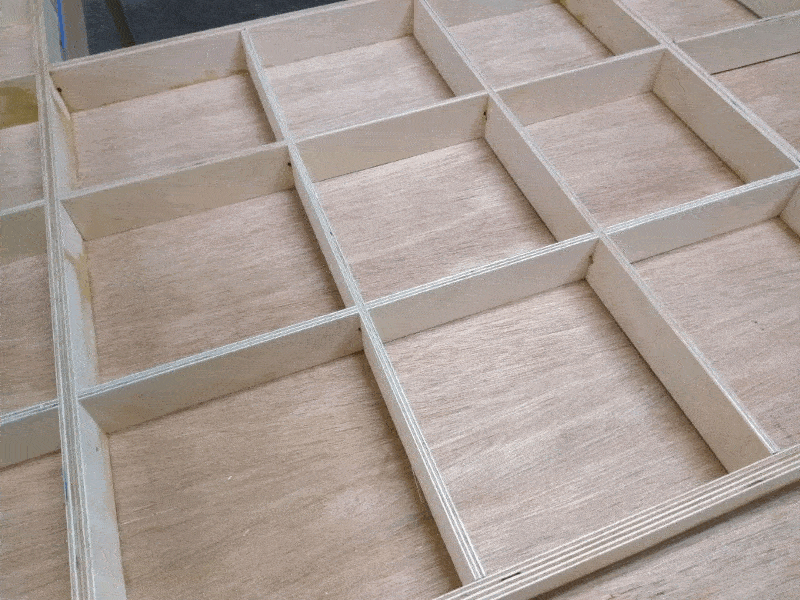
The panel is a torsion box with a foam core. It is super light and super rigid. This is possible because the parts fit so precisely. The precision of CNC allows you to use less material, more intelligently.
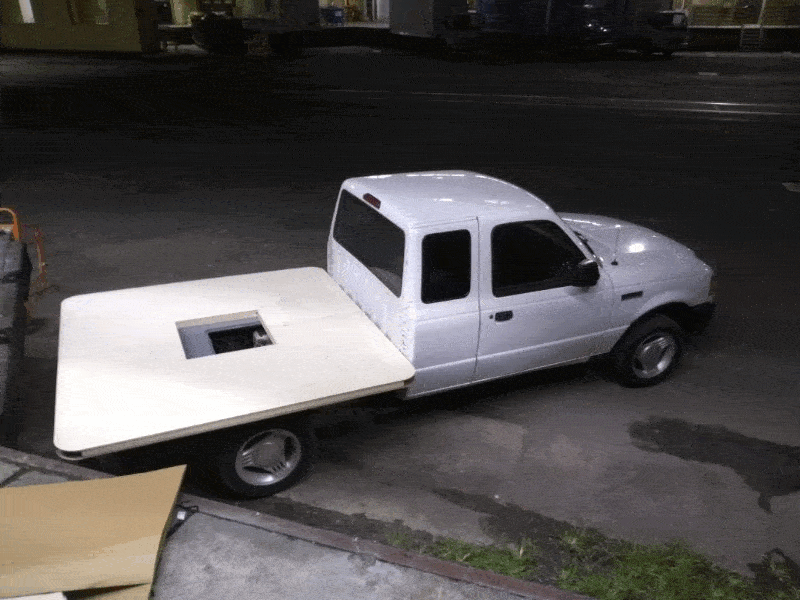
I CNC'd this flatbed to support the floor. It looks simple, but it has a hidden structure that's very intentional. I installed an air bag suspension system, so the rear end of the truck is height-adjustable.

The framing above the floor is assembled from a kit of CNC'd parts that are compact for transport, but assemble into this large frame.
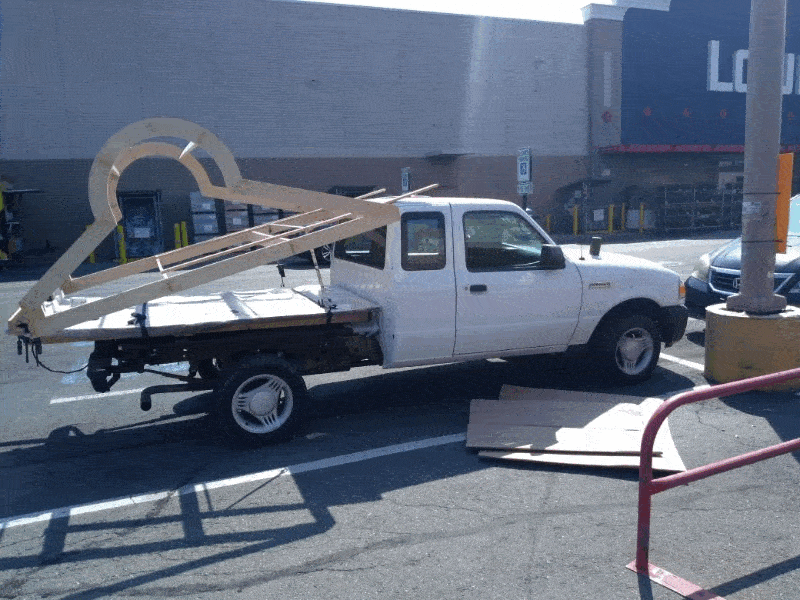
This is a template for building the roof. This frame has tab-and-slot joints, so assembling it was really easy. It's cut from slightly more than one sheet of plywood.
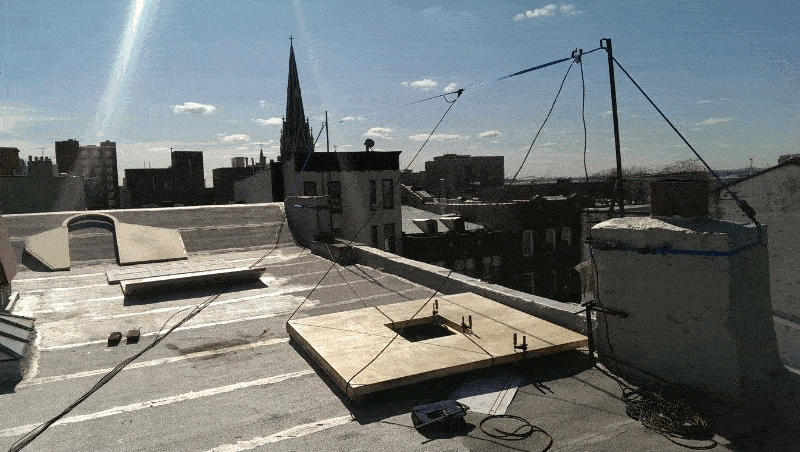
The panels are lightweight and easy to transport. I designed a pulley system that allowed me to pull the entire project up to the roof of a Brooklyn brownstone.
In containerized shipping, the trucks, trains, containers, and cranes are all designed to function as an integrated system. In this exploration of panelized construction, I tried to develop a miniature version of that kind of integrated system.

At my day job, I have used the CNC to build all kinds of things. I didn't design these tiny houses, but I machined most of the parts, looked through all the design files, and have a thorough understanding of how the project went together. I would love to design micro houses and distribute them as kits. I've seen CNC machining used very effectively for marketing and advertising. I would like to leverage these same processes for activism and change-making.

The machine I'm interested in has the approximate physical and ecological footprint of an electric car. It could be installed in a shipping container on a farm or a vacant piece of land, in a garage, in a barn, in a temporary building, etc. I would like to install it in a place where it can benefit a large number of people. These machines have the potential to generate large amounts of revenue. I am interested in developing sustainable streams of revenue, and then re-investing these in other equitable and creative endeavors.
My interest, above all, is in resiliency. I want to act and think in a way that is compatible with the uncertainties of our shared future. To me, this means exploring more conscientious approaches to production, consumption, and distribution.
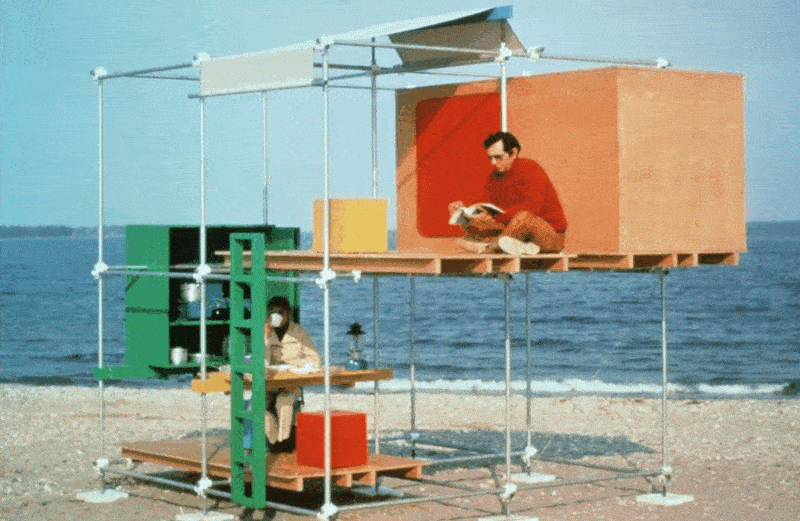
This is Ken Isaacs's 'Everything Cube' and a photograph by Peter Menzel.
I imagine a 'synthesizer for sculpture' as futuristic, low-tech, and evocative.

This is Anji Play. I learned about Anji Play while reading about the work of Cas Holman, who says "Good Toys make Good People."
Invention is a playful process. Tools are like Toys. The challenge of building a liveable future will require novel modes of imagination and invention. Let's build Big Toys.
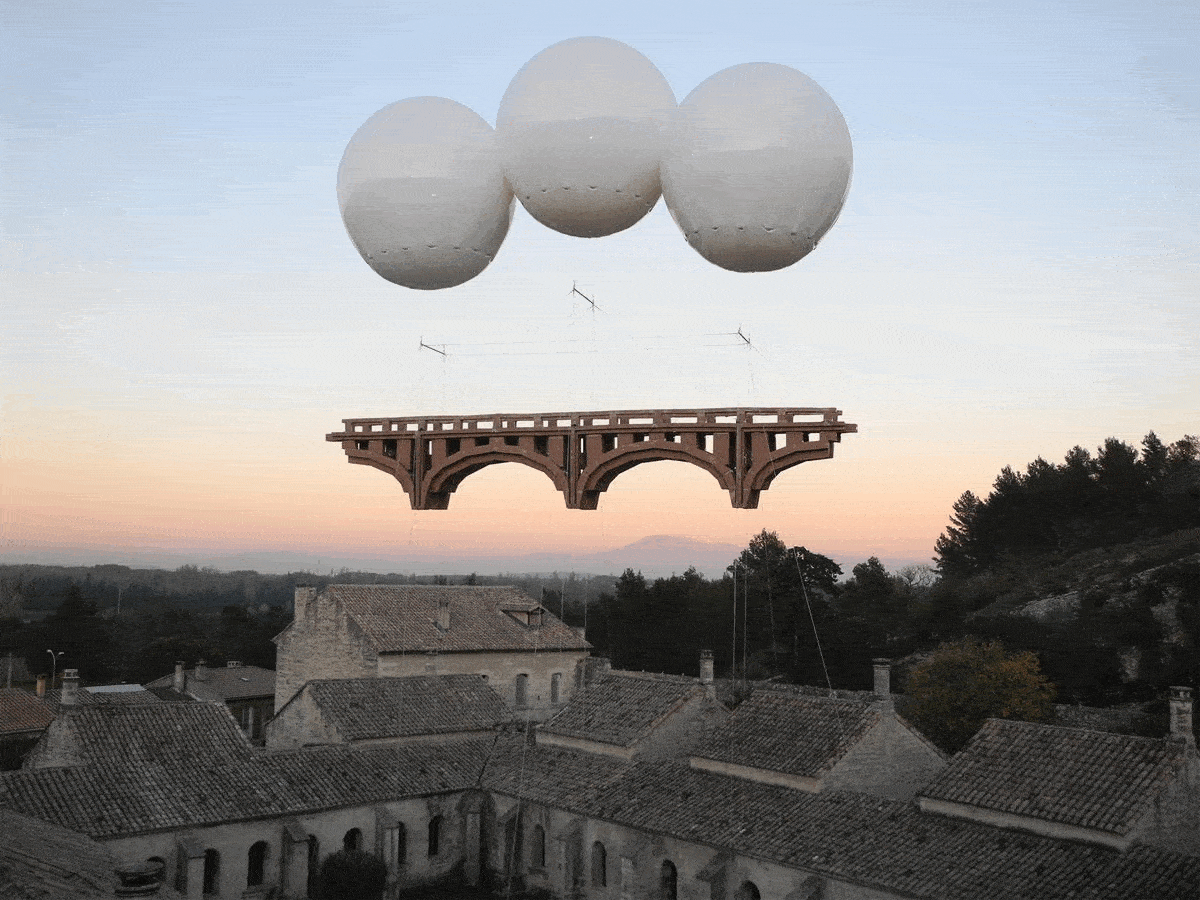
This is an image of a cardboard sculpture by Olivier Grossetête and a sketch I made of a life-size popsicle stick truss. I imagine distributing these kits with the name 'Trust Structures'.
I am convinced you can build a better future out of cardboard and popsicle sticks. Big ideas can be embedded in basic materials. I want to build things you can sleep in, climb on, or ride inside. I want to embody ideas and make them habitable. I want to develop means and methods suited to this task. If this interests you, send me a message!